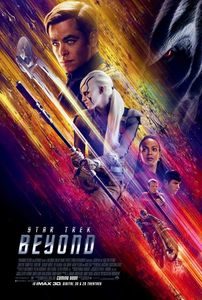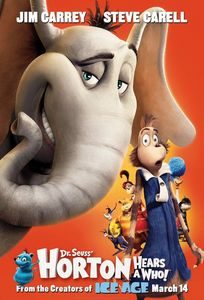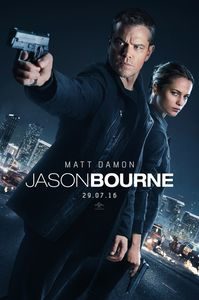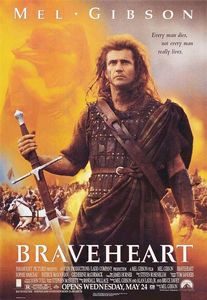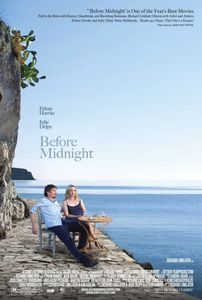Sing (2016)
(In French, in theatres, December 2016) We’ve all seen Sing before: The animated film featuring a world of anthropomorphized animals. The musical comedy in which misfits gather together to put on a show to save something from destruction and rekindle their self-esteem. The madcap action sequences leading to laughter. Sing is that and not much more, but it does earn points for a breezy execution and an uncanny ability to play a jukebox of pop music to good effect. The French version of the film wisely doesn’t try to translate the songs and while the result may take bilingual fluency to decode (take it from me; bilingual dad got far more from the film than unilingual pre-schooler), it does keep much of the original-language humour intact … and features the original song performers. That’s not inconsequential when talents such as Tori Kelly (easily the best signer, but not the most enjoyable one) or Seth MacFarlane and Scarlett Johansson (not the best singers, but the best characters) are featured in the film. Animated with the big bold colourful style of Illumination Entertainment, Sing doesn’t ask much of its viewers and is built on top of the most basic plot structures available, but it’s friendly, snappy, halfway-clever in the way it moves familiar pieces and a lot of fun for the entire family.


